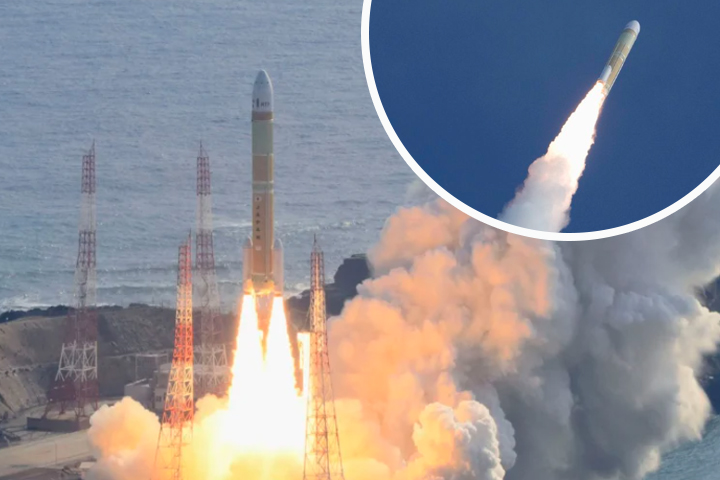


TOKYO—After a botched first launch last year, Japan's flagship H3 rocket successfully completed a second test this year, launching two tiny observation satellites into orbit and restoring hope for the nation in the international space race.
The H3 rocket, which had been delayed by inclement weather, lifted off from the Tanegashima Space Center on schedule on Saturday morning.
According to the Japan Aerospace Exploration Agency, or JAXA, the rocket successfully entered orbit at a height of around 670 kilometers (about 420 miles) and released two satellites.
“We feel so relieved to be able to announce the good results,” JAXA President Hiroshi Yamakawa told a news conference.
The primary goals of the H3 are to maintain competitiveness in the face of growing global demand for satellite launches and to guarantee autonomous access to space. Mr. Yamakawa stated, "Today we made a big first step toward achieving that goal."
The launch is a boost for Japan's space program after a string of recent victories, which included a historic unmanned spacecraft landed on the moon last month with unprecedented accuracy.
As a test for Japan's space development, the liftoff was keenly observed after the H3's first flight in March of last year failed to ignite the second-stage engine. H3 is being developed by JAXA and its primary contractor Mitsubishi Heavy Industries to replace H-2A, which is scheduled to retire after two more flights.
In a video streamed live, project participants at the JAXA command center embraced and applauded as the rocket lifted off and safely discharged its first payload. On NHK broadcast, employees at a press center could be seen shedding happy, relieved tears.
The outcome, according to JAXA H3 project manager Masashi Okada, was "perfect," with H3 clearing every mission scheduled for this Saturday's flight. "The newborn H3 finally let out its first cry after a long wait."
“I now feel a heavy load taken off my shoulders. But now is the real start for H3, and we will work to steadily improve it,” Mr. Okada said.
Thousands of stickers with messages from well-wishers around the nation adorned the H3 No. 2 rocket.
Two microsatellites were piggybacked on the H3 Saturday: the observation satellite CE-SAT-IE, built by Canon Electronics; and TIRSAT, a collaboration of many firms and institutions. Their creators stated that they were prepared to take the risk since they believe there is a rising demand for satellite technology.
In order to remain internationally competitive, the 57-meter (187-foot)-long H3 is intended to carry heavier payloads than the H-2A at significantly reduced costs of around 50 billion yen ($330 million).
After around a dozen more launches, Masayuki Eguchi, head of Mitsubishi Heavy's defense and space sector, stated that his firm intends to attain improved pricing competitiveness.
“I’m delighted to see this incredible accomplishment in the space sector right after the success of the SLIM moon landing,” Prime Minister Fumio Kishida said on X, formerly Twitter. “I expect the Japanese mainstay rocket will steadily make achievement.”
A spy satellite was successfully launched into its intended orbit by an H-2A rocket last month. A few days later, JAXA's unmanned spacecraft SLIM made the first-ever "pinpoint" landing on the moon and began gathering data about it.